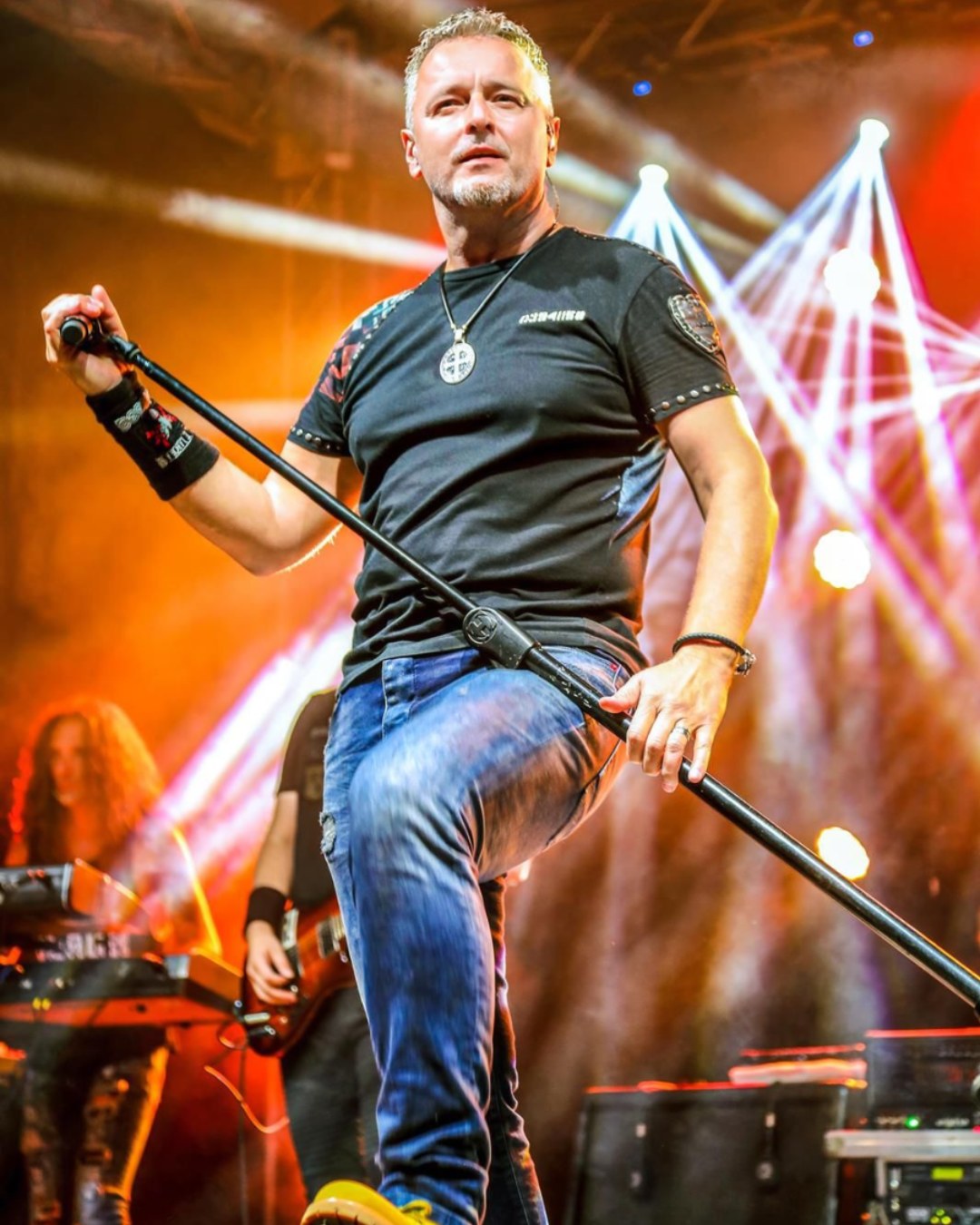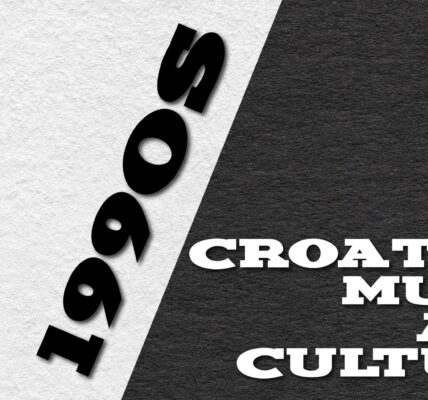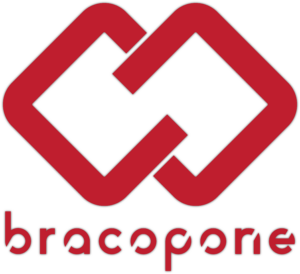The Croatian music scene throughout the 2010s was exceptionally dynamic and diverse, marked by a strong influence of global trends while maintaining a pronounced local identity. This multiplicity was evident across a range of genres: from pop, rock, and traditional “zabavna” (entertainment) music, to rap, trap, electronic, and folk sounds.

Popular Artists and Genre Divisions
Established artists such as Severina, Jelena Rozga, Petar Grašo, Massimo, Tony Cetinski, and Nina Badrić remained at the top throughout the decade. Alongside them, other performers from the entertainment and folk scenes, such as Mate Bulić, Mišo Kovač, and bands like Prljavo kazalište and Parni valjak, regularly appeared.
A significant shift occurred with the emergence of new artists and genres. Rappers like Vojko V, Krešo Bengalka, Grše, Miach, and Krankšvester, as well as trap artists such as Stoka and Sveta Skretač, significantly shaped the musical preferences of the younger generation. New bands like Lu Jakelić, Porto Morto, The Siids, and Sacher refreshed the scene with a modern indie and alternative sound.
Musical Tastes of the Young and the Old
Young people predominantly listened to urban music—rap, trap, urban pop, electronic, and contemporary versions of hip hop—while older generations remained devoted to Croatian evergreens, “klapa” (a cappella) traditional music, “zabavna” and Dalmatian songs, as well as classic pop hits. This phenomenon could be observed in both nightclubs and on radio stations around the country.

Band Breakups and Lineup Changes
Among the most notable changes was the breakup of the popular pop group Feminnem, which ceased to exist around 2012 as members pursued solo careers. Similarly, the band Saša, Tin i Kedžo ended their joint activities after several years. Many former members went on to form active solo projects or new bands, signaling a new generation of musical talent.
Retirements and Losses of Legendary Musicians
During the 2010s, several musical greats either retired or significantly reduced their activities. The best example is Oliver Dragojević, who continued performing until he died in 2018, a loss mourned across Croatia. The scene also regularly paid tribute to other departed legends whose work and influence remain an essential part of Croatian musical heritage.
Festivals—A Boom and New Locations
Festivals remained the soul of Croatian music, though with new formats and venues. Traditional events like the Splitski festival, Zagrebački festival, Dora, and Zlatne žice Slavonije continued to serve as essential showcases for pop and mainstream artists. Electrifying growth, however, came from electronic music festivals such as Ultra Europe in Split (which gained international recognition), Hideout on Pag—hosting global DJs—and INmusic in Zagreb, the largest open-air festival, attracting both domestic and international rock and indie bands.
Other festivals also appeared, like MAGfestival in Split, which promoted contemporary and chamber music, enriching the more “classical” sector of the music scene. Newer events, such as the Dimensions festival in smaller towns, offered alternatives to mass events.

Cities and Clubs—Epicenters of Nightlife
The most popular destinations for nightlife in Croatia during the 2010s were Zagreb, Split, Rijeka, and Zadar. In Zagreb, clubs such as Aquarius, Saloon, Boogaloo, Sax!, KSET, and Jabuka were considered centers of urban culture, hosting local DJs, live performances, and social gatherings. Split’s nightlife was dominated by clubs such as Central Club, Outlook, and Vanilla, which were often tied to electronic music and festivals. Rijeka also boasted a vibrant scene, thanks to iconic clubs like Klub Palach and Crkva, which were famous for their alternative and rock music.
Major Concerts in Croatia During the Decade
Zagreb Arena and other venues across the country hosted numerous renowned global stars, including David Guetta, Guns N’ Roses, Beyoncé, Justin Bieber, Muse, Dua Lipa, and many more, attracting thousands of fans to their concerts. At the same time, domestic icons like Oliver Dragojević, Parni valjak, Prljavo kazalište, and Tony Cetinski filled venues with devoted audiences. These significant musical events were often well covered by the media, further strengthening the country’s music culture.
Music and Reality TV Shows
Television played a crucial role in the music media landscape. The appearance of shows such as “The Voice Croatia” (HRT, since 2015) opened doors to numerous young talents and promoted various musical genres. RTL aired shows like “Zvjezdice” and “RTL Zvijezde,” which helped create new music stars and popularize music. Nova TV dominated with entertainment programs like “Ples sa zvijezdama,” where musical performers often participated or made guest appearances. These shows further connected musicians with the public, providing a space for new trends to emerge.
In Conclusion
The 2010s in Croatian music were marked by a diverse range of genres, strong festivals and clubs, a wide variety of performers—from legends to promising newcomers—and a high number of television programs that reflected and promoted musical trends. This was a fertile and dynamic period, leaving a profound mark on Croatia’s musical culture.







